NASCAR teams draw Formula 1 into ongoing antitrust lawsuit
10 Apr 2025 10:00 PM
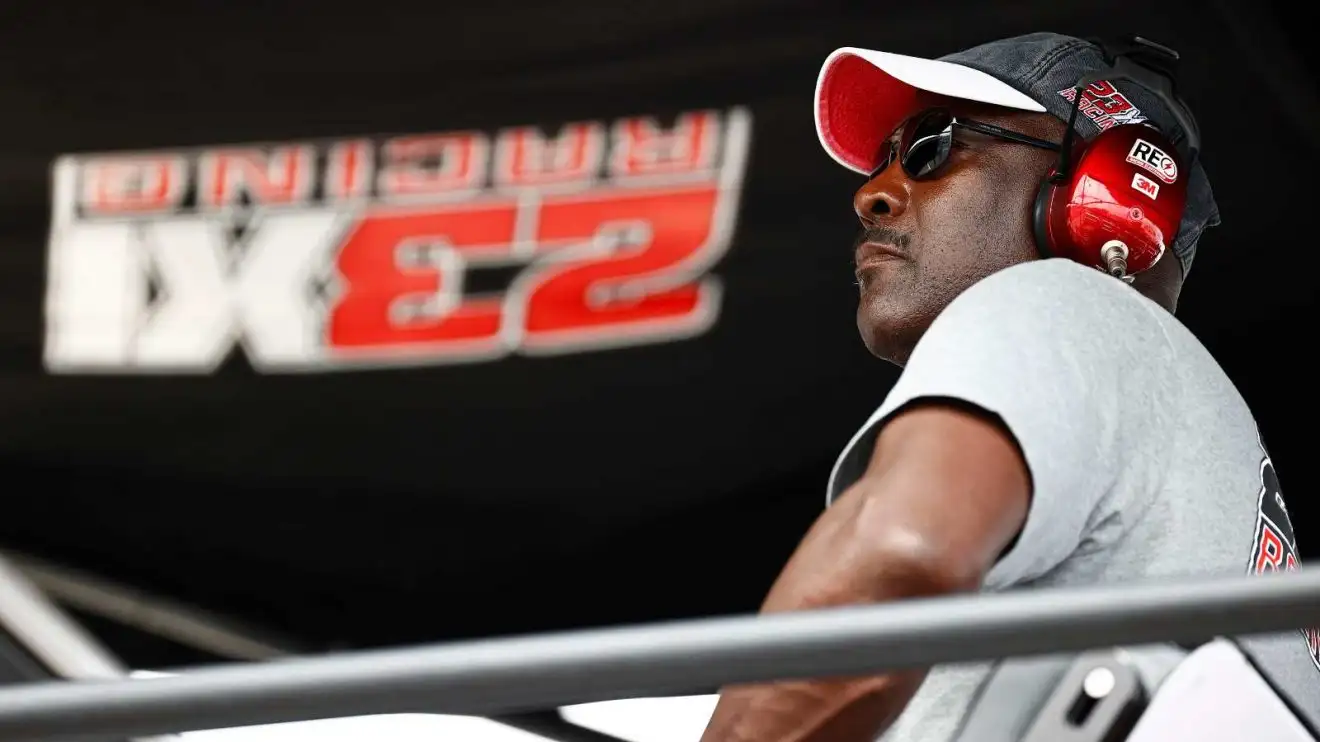
Former NBA star Michael Jordan has turned his attention to co-owning the 23XI Racing NASCAR Cup Series team.
Formula 1 has taken center stage in the ongoing lawsuit; two NASCAR teams have alleged that the series engages in monopolistic behavior, and those teams feel F1 might help them prove it.
Those teams — 23XI Racing and Front Row Motorsports — request that Liberty Media provide financial information about Formula 1 in an attempt to compare NASCAR to other key motorsport series in order to further justify their antitrust claims.
Why NASCAR teams want Formula 1 financial information
In October of 2024, two NASCAR teams filed a joint lawsuit against NASCAR in which it alleged that the sanctioning body is acting as a monopoly.
Front Row Motorsports and 23XI Racing, the two teams involved, were dissatisfied with NASCAR’s 2025 charter agreement and refused to sign. Chartered teams must agree to operate on the set of rules outlined by NASCAR, and in return, their charters provide those teams with value beyond what is directly associated with their physical assets.
During the 2024 negotiations, both teams alleged that NASCAR did not take their concerns into account. Instead, those teams allege that NASCAR refused to return to the drawing board and threatened to revoke charters from teams that didn’t sign the agreement.
Now, 23XI and FRM are hoping that a Colorado court will enforce the subpoena they’ve submitted requesting Liberty Media produce financial information about Formula 1 for the lawsuit’s consideration.
Primarily, the goal here is to uncover how other forms of motorsport operate, which could shine greater light on what could constitute monopolistic behavior on NASCAR’s part.
More on the NASCAR lawsuit:
👉 NASCAR lawsuit: All the allegations of monopoly-like behavior against the Cup Series
👉 Explained: Why NASCAR is suing two of its own Cup Series teams
23XI and Front Row have requested financial documentation from January 1, 2016 through December 31, 2024 — or, the period of time in which NASCAR has utilized its charter system.
The subpoena was issued to Liberty Media on February 19, 2025. Liberty has refused to produce any documents, even after recent negotiations with the counsel for 23XI and FRM narrowed the scope of their subpoena to just five points, per RACER:
- The percentage and types of revenue shared with or among league and teams
- The formula for splitting each category of revenue among the teams and league
- The amounts of revenue shared with or restrained by the league and the teams
- Documents that show the valuations of expansion or current teams
- The League Constitution, by-laws, and collective bargaining agreement
For those familiar with F1, the sport’s refusal to provide this documentation is not surprising. The terms of the Concorde Agreement — or, the rules that dictate the sport — are kept under wraps, with the FIA and teams agreeing to provide only a few key details to the public.
The teams argue that “F1 has no valid basis for its refusal to produce the requested information.
“F1 has argued the requests are unduly burdensome, but Plaintiffs have made a compromise offer that substantially narrows their requests; Plaintiffs only seek discrete categories of financial information on ‘documents sufficient to show; basis and one agreement; and do not demand any custodial email searches for any F1 executives or employees.”
Liberty Media, for its own part, instructed the teams to “reverse engineer” the requested financial data based on the company’s 10-K public filings. Those filings do not elaborate on revenue, revenue sharing, or the formulae used to determine how money is distributed between teams.
With both parties at an impasse, all eyes turn to the Colorado court system, which has jurisdiction over enforcing the subpoena issued to Liberty Media.
This is not the first time an American motorsport series has used Formula 1 as an example in ongoing ideological divides between teams and series management.
Back in 1979, open-wheel team owner Dan Gurney issued a “white paper” detailing concerns with USAC, which sanctioned the series we now know as IndyCar. In it, he referenced the success of Formula 1 as a potential example for developing American open-wheel racing in the future.
Gurney’s argument read:
Back in the early 70’s, the status of Formula 1 Grand Prix racing was similar to our own USAC Championship racing right now. The crowds were quite small, sponsors were hard to find, the news media was not overly interested, expenses were high and going higher and the entire scene was one of disorganization.
It was at this moment in time that the desperateness of the situation made them unite and form an organization called the Formula 1 Constructors Association (FICA or FICA). They appointed a man named Bernie Ecclestone as the chief of operations officer and negotiator and they made a solemn pledge to abide by his decisions 100%. They rolled up their sleeves and proceeded to up-grade the entire sport to the point where the paying spectator crowds are much, much larger, sponsors are numerous and happy to be involved, the media is vigorous in covering all the events on TV and so are weekly magazines and daily newspapers on a world wide basis, and money is coming back to the constructors and track owners in the form of larger ticket sales, more sponsorship, more prize money and expense money and the spectator is getting a much bigger, better spectacle for his ticket money.
The obvious fact is that the FICA has transformed the Formula 1 Grand Prix racing scene from what was a weak and scattered group of teams without any bargaining or negotiating strength into a bona fide business. They did it by uniting and making that ‘no turning back’ commitment. They speak with one voice (that of the Chief negotiator) and that voice has gained authority by leaps and bounds.
Gurney’s white paper led to a revolution — one that nearly killed American open-wheel racing.
The fate of the ongoing NASCAR lawsuit remains unclear. Discovery closes on June 30, with the trial set to officially begin on December 1.
Read next: Explained: IndyCar’s charter system, and what it means for the business of racing


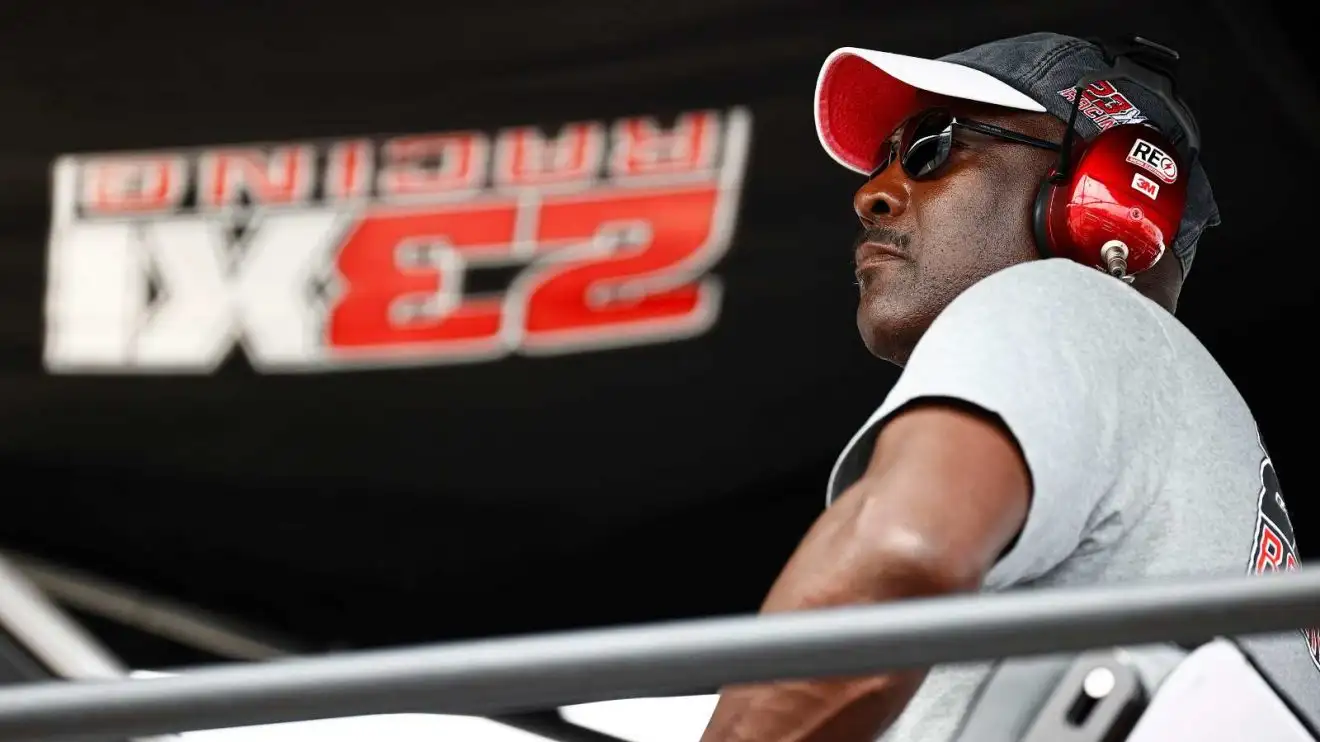
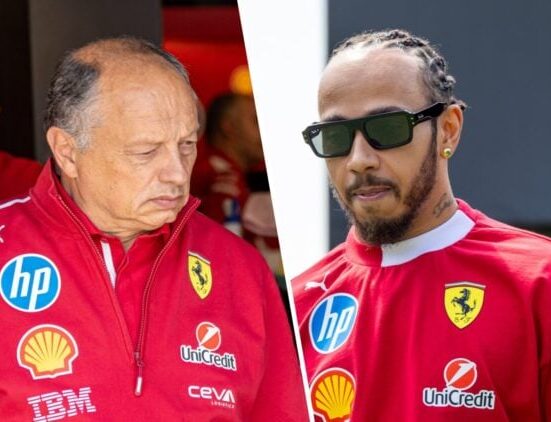
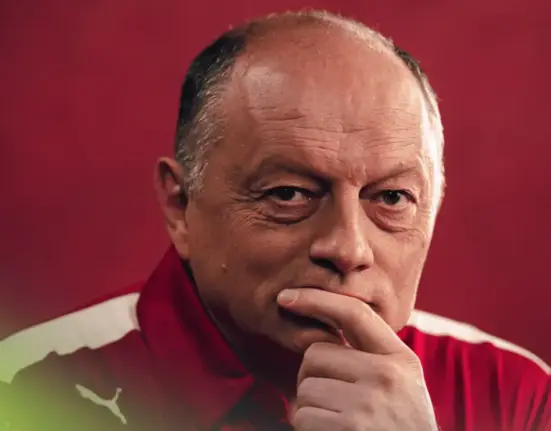




Leave feedback about this